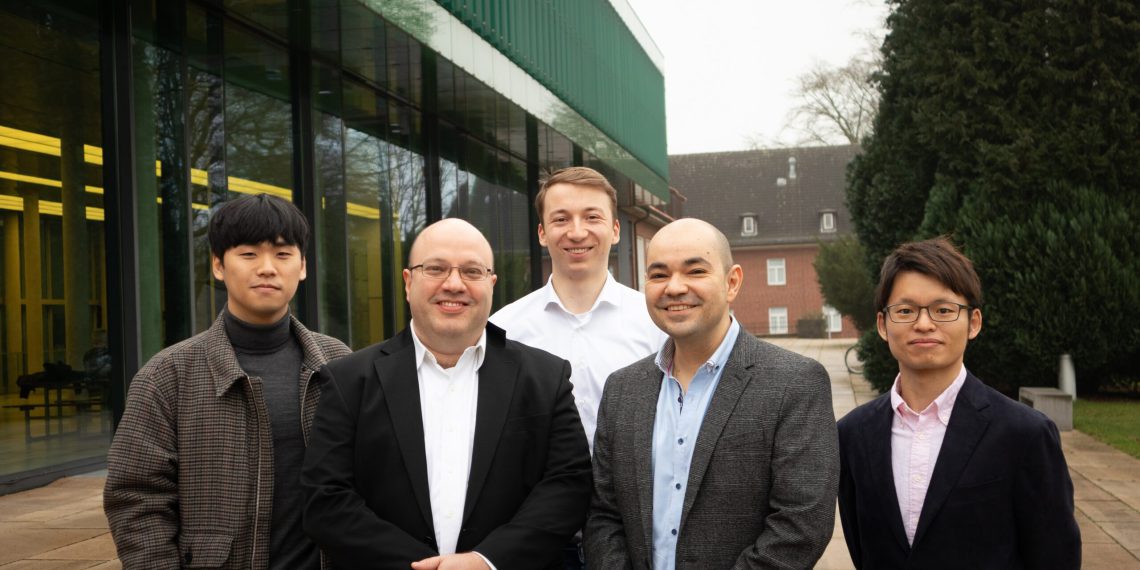The first 5G networks have only just gone into operation in Germany, and science and companies are already looking at the sixth generation of mobile communications. In a joint project, the technology company Continental and Jacobs University are researching future applications of 6G for automotive connectivity and autonomous driving. The project will initially run for three years and will create three new positions for doctoral students at Jacobs University. “With this, we are intensifying our very successful collaboration with Jacobs University, which has been in place for years,” says Dr. Karsten Michels, Head of Research & Advanced Engineering. An important topic of research is safety in autonomous driving and the protection of road users. The company has a long tradition of developing safety technologies.
“We are pursuing Vision Zero. Our goal is: no more traffic fatalities, no more injuries, no more accidents. We can achieve that.”
- Dr. David González G., senior research engineer and project manager
On the road to fulfilling this vision, 6G is an important tool. The wireless network, which is expected to launch in 2030, will transmit data up to 1,000 times faster than its predecessor technology, 5G. Latency, i.e. the speed at which networked automotive radio signals are processed, will also improve significantly. This is of key importance for autonomous driving in particular. Accurate real-time positioning of vehicles and their distances from other vehicles, people or obstacles is needed to avoid accidents.
“Cars without connectivity are like computers without the Internet,” says Dr. Giuseppe Thadeu Freitas de Abreu, professor of electrical engineering and project leader on the Jacobs University side, describing the importance of wireless communication. “With 6G, the technological revolution is still ahead of us.” With 5G, he said, communications have for the first time moved away from cell phones and enabled the “Internet of Things,” the exchange of information from and with machines. With 6G, the network will not only be faster, more targeted and more energy-efficient. New sources of information will also be added, such as sensors and radar, which can be integrated into the network and evaluated with the help of artificial intelligence.
The scientist Abreu is particularly attracted by the application orientation of the cooperation: “We are working together on innovations that could one day make everyday life easier for many people.” The first joint project already produced numerous innovations, and Abreu is confident of achieving similar successes with this project.

















